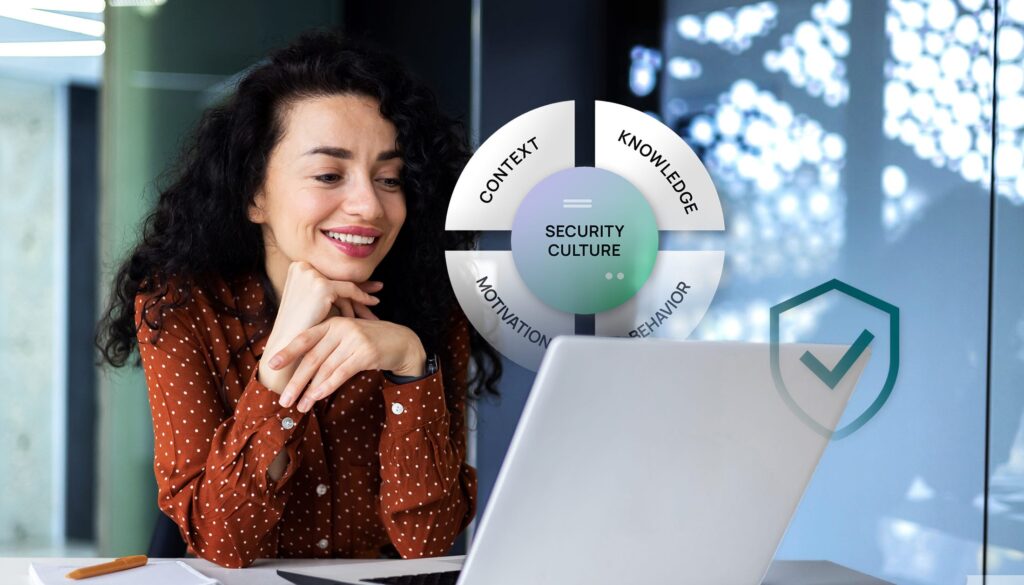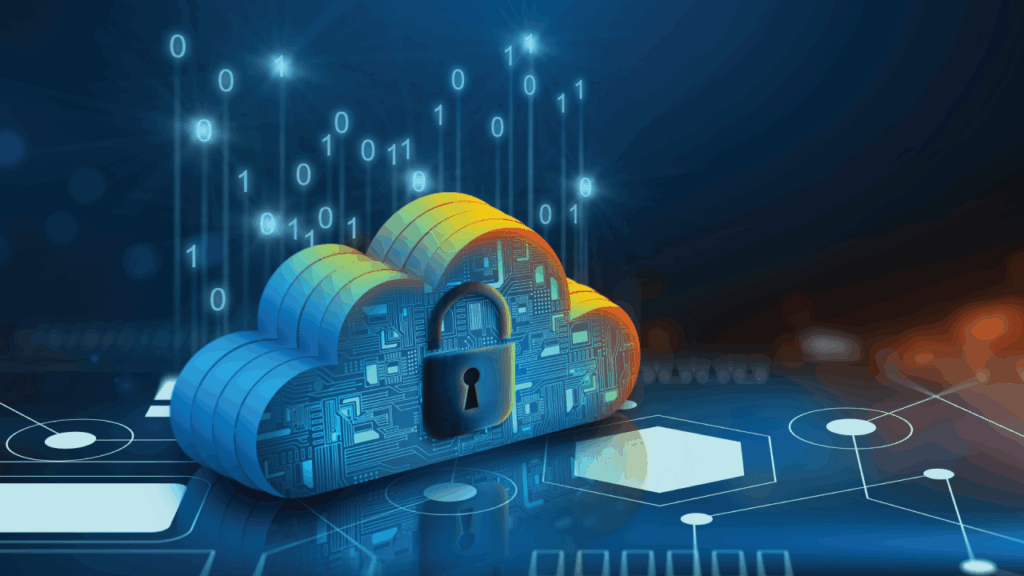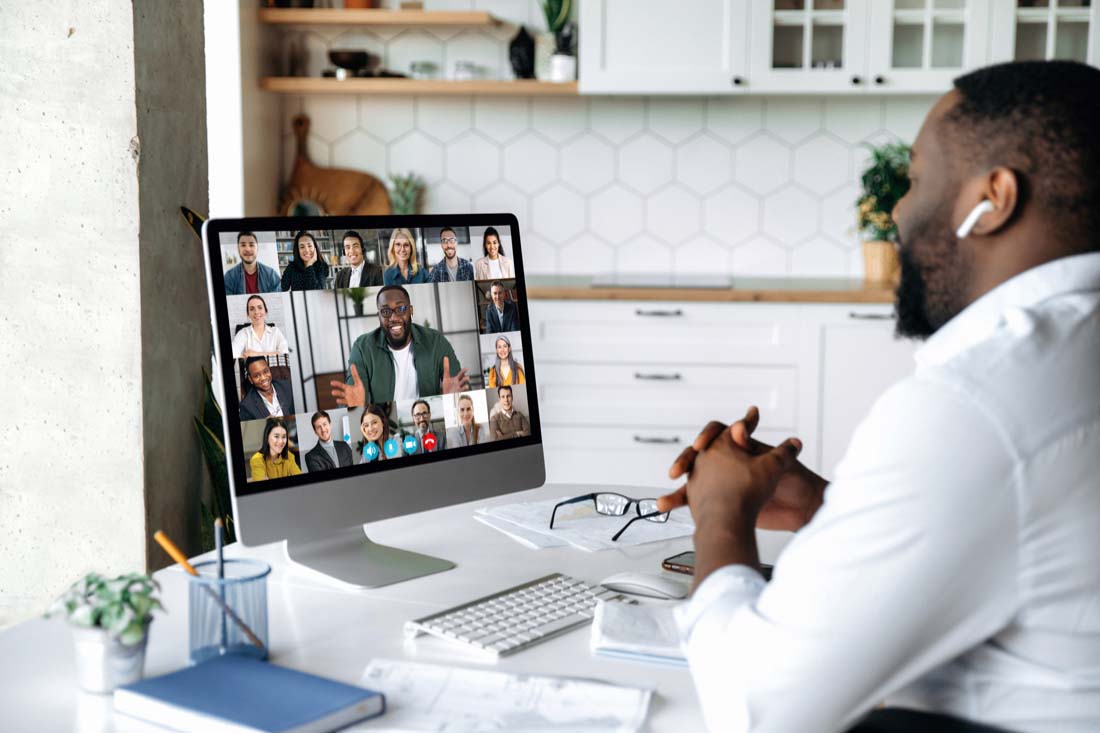As more and more people work from home, the need for robust security measures becomes even more critical. As businesses adapt to the new model, security for remote workers has become an important issue. Businesses need to find new ways to protect workers to keep sensitive data secure and high productivity.
This article discusses practical measures and considerations for keeping remote workers safe. The article is funny and serious at the same time, making it a useful and interesting read.
Knowing the cyber threat landscape
You must understand the vast and ever-changing cyber threat environment before you can keep remote workers safe. Cyber threats are not only increasing, but they are also becoming smarter. Remote workers are targeted by threats that are difficult to detect and harder to defend against. Cyberattacks such as phishing scams or ransomware can be particularly dangerous for remote workers. It is therefore even more crucial to have a solid digital defence in place against these threats.
Regular audits and updates
Too much comfort is dangerous. It is crucial to stay on top of cyber threats by regularly checking security measures and updating software and systems. It is important to manage software patches and fix bugs, and to check permissions and access control to ensure that only the correct people can view private data.
Creating a culture of security

It is equally important to encourage people to work at home as it is to encourage technology. It is important to establish a culture where employees are informed of potential threats and what they can do to respond. It is important to have clear communication regarding security policies, regular sessions of training sessions, and programs that increase awareness about security. Security must become a matter of course for everyone within the organization.
Businesses that have a Houston office or do business there often should ensure they can access comprehensive Houston services, which are focused on cybersecurity. Local experts who are familiar with cyber threats and how to mitigate them can be a great asset for an organization.
Improve your threat intelligence and response
To keep up with cyber threats, businesses need to invest in improving their threat intelligence and response capabilities. It is important to not only keep up with the latest threats but also be proactive in addressing security concerns instead of just reacting. Using advanced tools for threat detection and response, companies can find and stop threats before they cause any damage.
Use strong authentication measures
Strong authentication is important for remote work security. Passwords are no longer the only way to protect private information and internal systems. Multi-factor authentication (MFA), requiring more than one piece of evidence to prove a user’s identity, reduces the likelihood that someone can get into a system without permission.
Cloud Security Advances

Cloud computing is becoming more popular as more people work from home. Cloud security is more important now than ever. Cloud security frameworks like Secure Access Service Edge (SASE) can provide an additional layer of protection to data and apps that can be accessed anywhere. This is especially helpful for remote workers.
Ensure Data Privacy and Compliance
You cannot ignore data privacy or compliance when you work at home. Businesses are legally required to protect personal data, thanks to laws like the GDPR in Europe or different state laws in America. Even if the data is compromised, it will be protected.
Safety is a comprehensive approach
A broad approach is needed to protect the remote workforce. It is important to integrate security into all aspects of a company’s operations. Security should be an integral part of every aspect of a business, from the training of new employees to remote teams’ daily work. It will ensure that everyone can work in a productive and safe environment.
Using secure connections
To keep your remote work secure, you need to ensure that the connection is secure. Virtual Private Networks are useful because they allow data to travel safely across the Internet. Zero-trust networks are becoming more popular. They are based on the concept that no one, whether inside or outside of the network, is trustworthy by default. Therefore, every step must be verified.
To protect people who work at home in the digital age, a multifaceted strategy is needed that includes technological solutions as well as a culture of security awareness. Our plans to defend ourselves against cyber threats must change along with the threats. When it comes to cybersecurity, people are the weakest link as well as the first line. It is crucial to accept this truth to make the future a productive and safe place for people working from home.




